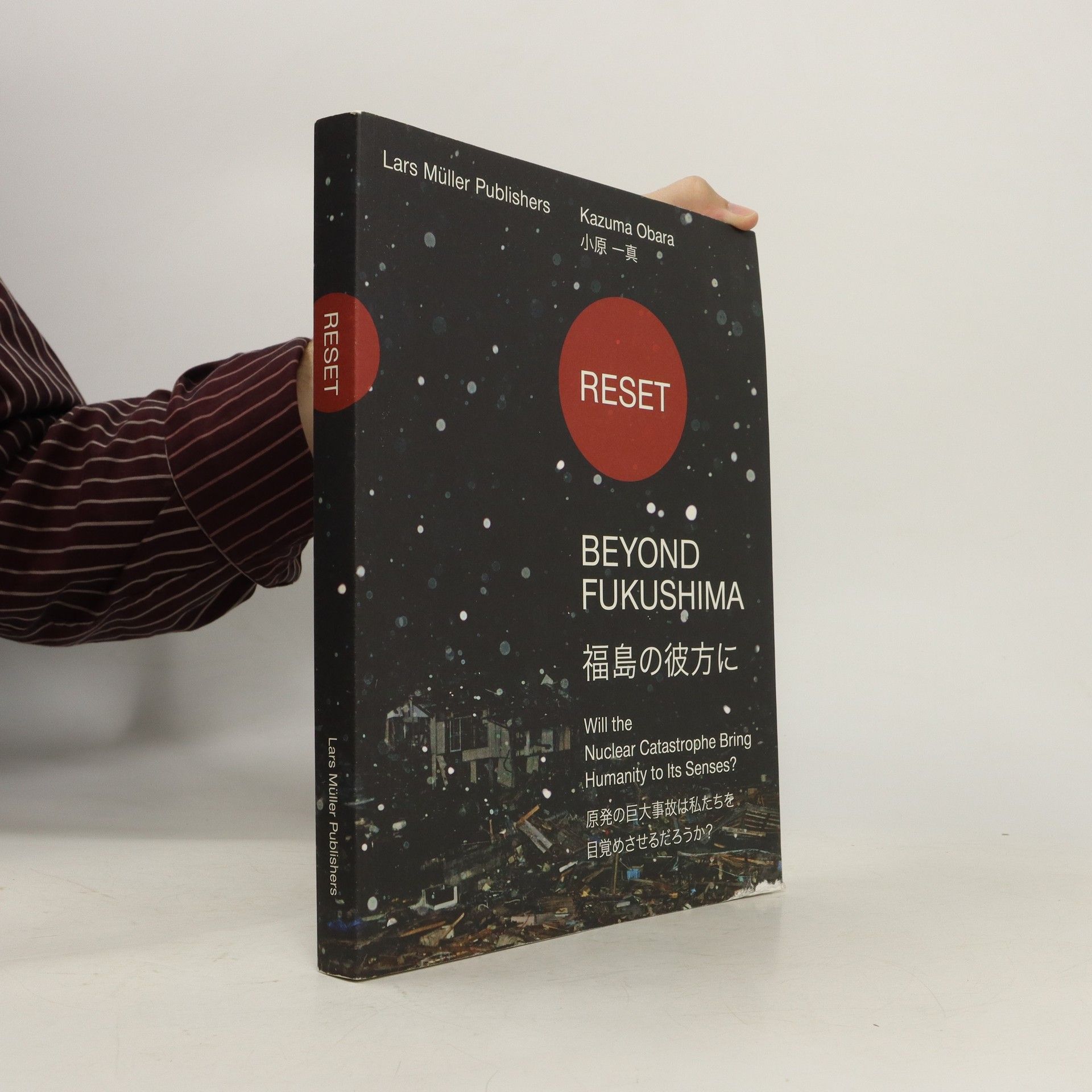Freitag
- 492pages
- 18 heures de lecture






Following the success of " Sleeves of Desire ", a second publication is now being devoted to the cover art of the label ECM, Edition of Contemporary Music, focusing above all on sleeve design from 1996 to the present. Since its founding in 1969, ECM has been dedicated primarily to jazz and contemporary classical music and is a leading international label in both these fields. ECM has also received acclaim for its unique cover designs, which have always been an integral part of its productions. Over the years, the collaboration between Manfred Eicher, the label’s founder and producer, and designers including Barbara Wojirsch, Dieter Rehm and Sascha Kleis has produced an aesthetic of the cover that initiates a dialogue between the photographic image and the music. The search for a cover motif from a storehouse of possible images is presented in a few examples that shed light on how these visual worlds are created and trace their significance for the music. An illustrated catalog of all of ECM’s releases completes this publication.
Josef Muller-Brockman's impassioned and sudden appearance on the stage of constructive graphic design in the early 50s, at the age of almost 40, gives pause. What biographical developments proceded this energetic statement? What context created the conditions for an abrupt change from a subjective and illustrative view of design to one that was objective and constructive? The answer takes us back to the 30s, to the formative days when MB, the designer, and Swiss Graphic Design were still separate paths.
The international touring exhibition „Die gute Form“ was conceived by Max Bill on behalf of the Swiss Werkbund and was shown for the first time in 1949 at the Basel Mustermesse trade fair. The exhibition consisted of 80 display panels, designed by Bill, presenting a selection of consumer goods from all over the world, chosen by Bill as examples of good design. The show caused some upset in Switzerland and fuelled heated debates abroad. But it also exerted a wide-reaching influence – for example, upon the way in which consumer goods were perceived. This publication documents Bill’s initiative in reproductions of the original display panels and layout plans for the venues visited by the exhibition, and places „Die gute Form“ in a theoretical context that considers its reception and impact within the history of design. With essays by Max Bill, Jakob Bill, Claude Lichtenstein, Renate Menzi and Deyan Sudjic.
In der scheinbar a priori bunten Welt des Grafik-Designs geht es in dieser Zusammenstellung internationaler Plakate der letzen vierzig Jahre um den Nachweis, dass im Verzicht auf die Farbe auch ein Gewinn liegen kann. Die morphologische Erkundung der Bestände der Plakatsammlung fördert eine überraschende Vielfalt zutage. Welcher Motivation oder Haltung die Plakate in dieser Übersicht auch entstammen sie demonstrieren plausibel, dass mit der Entscheidung für das System „Schwarz und Weiss“ der Gestaltung ihre Macht und der Farbe ihre Dringlichkeit zurückgegeben werden kann. Typische Positionen stammen von Gestaltern wie AG Fronzoni, Werner Jeker, James Victore oder M/M (Paris). Die Klaviatur reicht von „coolness“ zu modernistischer Askese, vom politischen Manifest zur poetischen Abstraktion.
Will the Nuclear Catastrophe Bring Humanity to Its Senses?
Wenige Tage nach den katastrophalen Ereignissen, die sich im März 2011 in Japan abgespielthaben, reiste der Fotojournalist Kazuma Obara in die betroffenen Gebiete. Er traf und porträtierte die Menschen vor Ort, besuchte das Kernkraftwerk Fukushima Daiichi und führteGespräche mit den Arbeitern der Anlage. Diese Interviews sowie die im Verlauf mehrerer Monate entstandenen Aufnahmen werden hier erstmals in Buchform veröffentlicht. Obaras Fotografien bieten bewegende Einblicke und zeigen die Folgen der Nuklearkatastrophe. Entstanden ist eine Dokumentation, die den Blick für eine längerfristige Betrachtung derEreignisse und für die Frage nach der Verantwortung öffnet. Sie hält in einer sehr sachlichenFotografie anhand konkreter Szenen fest, wie weitreichend die Folgen der Katastrophe sind: für die Menschen vor Ort, aber auch weltweit. Damit ermöglicht sie eine Betrachtungsweise, die über die konkreten Ereignisse hinausweist: Beyond Fukushima.
A new edition showing the work of one of the most famous Swiss designers: a comprehensive overview of his oeuvre.
An ode to the beloved typeface Helvetica is a sans-serif typeface. It is simple and clean, and commonly seen in advertising, signage, and literature. The R has a curved leg, and the i and j have square dots. The Q has a straight angled tail, and the counterforms inside the O, Q, and C are oval. It is an all-purpose type design that can deliver practically any message clearly and efficiently. It is one of the most popular typefaces of all time. Homage to a Typeface presents 400 examples of Helvetica in action, selected from two diametrically opposed worlds. Superb applications by renowned designers are juxtaposed with an anonymous collection of ugly, ingenious, charming, and hair-raising samples of its use.
First publication about Fuhrimann Hachler's architecture. A detailed presentation of eight residential buildings.
After lengthy planning, the new public library in Oslo was completed and opened in summer 2020. Located opposite the Opera House and the Munch Museum, the imposing building fits into the ensemble in the new cultural quarter of the Norwegian capital. The project by Lund Hagem Architects and Atelier Oslo emerged from an international architectural competition and is characterized by a radical interpretation of the library as a vivid place to meet and spend time with an impressive multimedia offering in an unobtrusive inviting environment.00The publication documents in detail the planning and building process from the first draft to the opening. Essays by the novelist Elif Shafak and the library?s long-time director Liv Sæteren explain the significance of the institution as an integrative social force. Niklas Maak pays tribute to the building from the perspective of architectural criticism. Iwan Baan and Hélène Binet capture the architecture and atmosphere of the shining crystal in their photographs.0.